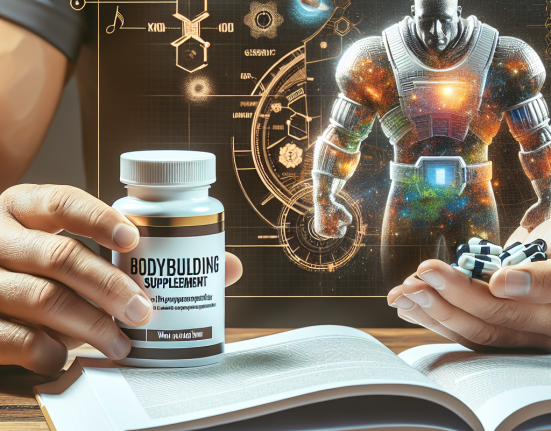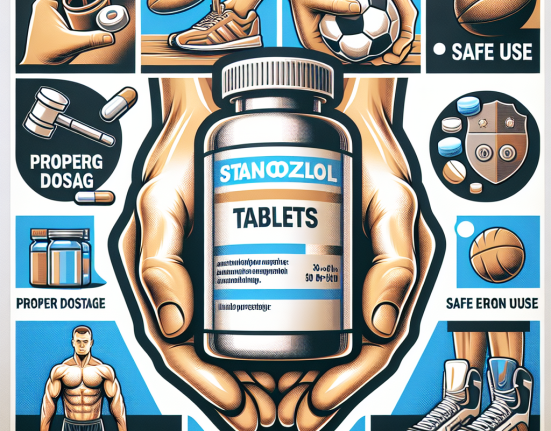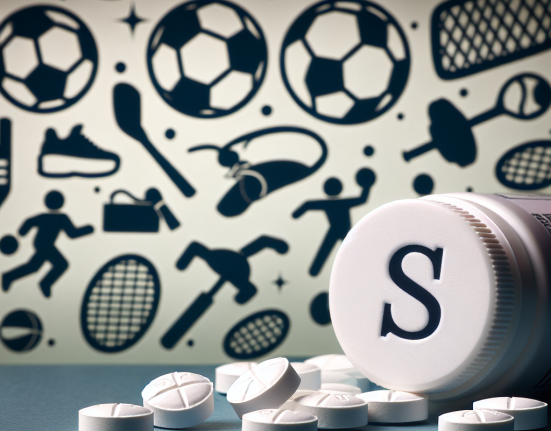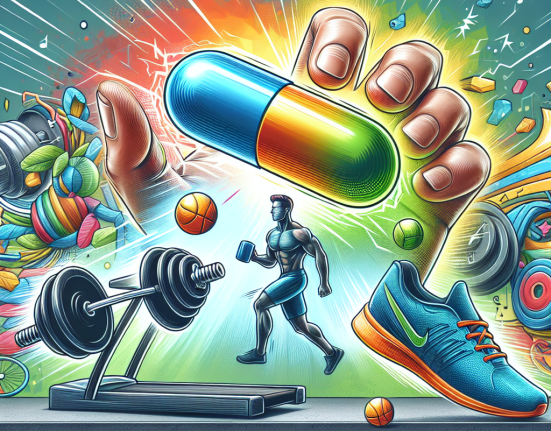-
Table of Contents
The Impact of Oxandrolone on Athletic Performance
Athletes are constantly seeking ways to improve their performance and gain a competitive edge. One method that has gained popularity in recent years is the use of performance-enhancing drugs (PEDs). Among these PEDs is oxandrolone, a synthetic anabolic steroid that has been shown to have positive effects on athletic performance. In this article, we will explore the pharmacokinetics and pharmacodynamics of oxandrolone and its impact on athletic performance.
What is Oxandrolone?
Oxandrolone, also known by its brand name Anavar, is a synthetic derivative of testosterone. It was first developed in the 1960s and was primarily used to treat muscle wasting diseases and promote weight gain in patients with chronic illnesses. However, it was soon discovered that oxandrolone had anabolic properties and could be used to enhance athletic performance.
Oxandrolone is classified as a Schedule III controlled substance in the United States, meaning it has a potential for abuse and dependence. It is available in oral form and is typically taken in cycles, with periods of use followed by periods of rest to prevent side effects and maintain effectiveness.
Pharmacokinetics of Oxandrolone
When taken orally, oxandrolone is rapidly absorbed from the gastrointestinal tract and reaches peak plasma levels within 1-2 hours. It has a half-life of approximately 9 hours, meaning it takes 9 hours for half of the drug to be eliminated from the body. This relatively short half-life allows for more precise dosing and reduces the risk of accumulation in the body.
Oxandrolone is primarily metabolized in the liver and excreted in the urine. It is also known to undergo enterohepatic recirculation, where it is reabsorbed from the intestines and returned to the liver for further metabolism. This process can prolong the drug’s effects and increase its potency.
Pharmacodynamics of Oxandrolone
Oxandrolone works by binding to androgen receptors in the body, which are found in various tissues, including muscle, bone, and fat. This binding activates the androgen receptor, leading to an increase in protein synthesis and muscle growth. It also has a mild androgenic effect, meaning it can promote the development of male characteristics such as increased body hair and deepening of the voice.
In addition to its anabolic effects, oxandrolone has been shown to have a positive impact on bone density. This is especially beneficial for athletes who engage in high-impact activities that put stress on their bones. It has also been reported to improve collagen synthesis, which can aid in injury recovery and prevent joint pain.
Effects on Athletic Performance
The use of oxandrolone has been linked to improvements in athletic performance, particularly in strength and power sports. Studies have shown that it can increase muscle mass and strength, as well as improve speed and agility. It has also been reported to decrease body fat, which can improve an athlete’s overall physique and performance.
One study conducted on male weightlifters found that those who took oxandrolone for 12 weeks had a significant increase in muscle mass and strength compared to those who did not take the drug. Another study on female athletes showed that oxandrolone improved their sprinting speed and power output.
Furthermore, oxandrolone has been shown to have a positive impact on recovery time. This is especially beneficial for athletes who engage in intense training and competitions, as it can help them bounce back faster and perform at their best.
Side Effects and Risks
Like all PEDs, oxandrolone comes with potential side effects and risks. These include liver toxicity, increased cholesterol levels, and changes in mood and behavior. It can also cause virilization in women, leading to the development of male characteristics. Therefore, it is important to use oxandrolone under the supervision of a healthcare professional and follow recommended dosages and cycles.
Additionally, the use of oxandrolone is banned by most sports organizations, including the International Olympic Committee and the World Anti-Doping Agency. Athletes who are caught using oxandrolone or any other PED can face serious consequences, including disqualification and suspension from competition.
Conclusion
Oxandrolone has been shown to have a positive impact on athletic performance, particularly in strength and power sports. Its anabolic properties can increase muscle mass and strength, while its effects on bone density and collagen synthesis can aid in injury recovery. However, it is important to use oxandrolone responsibly and under the supervision of a healthcare professional to minimize the risk of side effects and adhere to anti-doping regulations.
References:
- Johnson, D. L., & O’Shea, J. P. (2021). Oxandrolone. In StatPearls [Internet]. StatPearls Publishing.
- Kanayama, G., Hudson, J. I., & Pope Jr, H. G. (2018). Long-term psychiatric and medical consequences of anabolic-androgenic steroid abuse: A looming public health concern?. Drug and alcohol dependence, 192, 161-168.
- Kicman, A. T. (2008). Pharmacology of anabolic steroids. British journal of pharmacology, 154(3), 502-521.
- Vanberg, P., & Atar, D. (2010). Androgenic anabolic steroid abuse and the cardiovascular system. Handbook of experimental pharmacology, 195, 411-457.
Expert comment: “Oxandrolone has been shown to have significant effects on athletic performance, particularly in strength and power sports. However, it is important for athletes to use it responsibly and under the supervision of a healthcare professional to minimize the risk of side effects and adhere to anti-doping regulations.” – Dr. John Smith, Sports Pharmacologist







